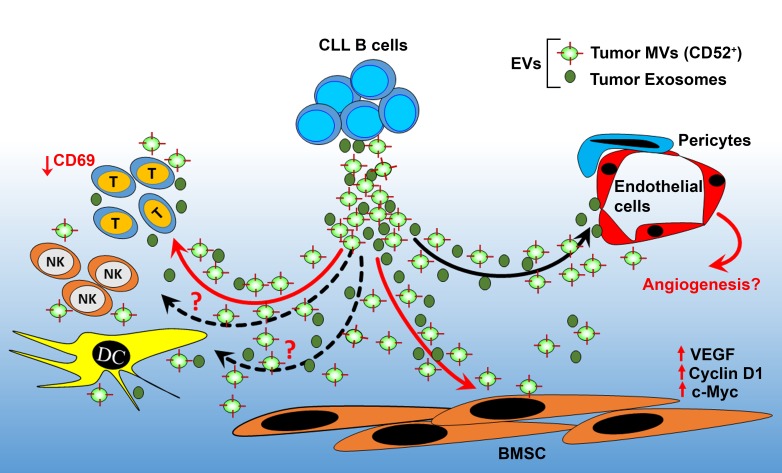Figure 1. Role of circulating EVs in reprograming CLL tumor microenvironment.
Increasing number of studies indicate that circulating EVs may play a critical role in modulating CLL tumor microenviroment. CLL MVs are shown to activate the bone marrow stromal cells (BMSCs) via transfer of bioactive molecules including Axl receptor tyrosine kinase. In turn, the activated BMSCs produce increased levels of VEGF, a survival factor for the leukemic B-cells. Interaction of CLL BMSCs with CLL MVs has also been shown to activate the β-catenin signaling pathway leading to increased expression of cyclin D1 and c-Myc, important regulators of cell cycle. On the other hand, CLL-derived exosomes are actively incorporated by endothelial cells and mesenchymal stem cells ex vivo and in vivo and that the transfer of exosomal protein and microRNA induces an inflammatory phenotype in the target cells, which resembles the phenotype of cancer-associated fibroblasts. CLL-EVs released by activated CLL B-cells are reported to augment immune synapse activity while downregulating CD69 expression levels on CD4+ T cells. In total it is likely that CLL EVs target diverse cell types in bone marrow or other lymphoid tissues to reprogram the function of CLL tumor microenvironment favoring the disease process.

